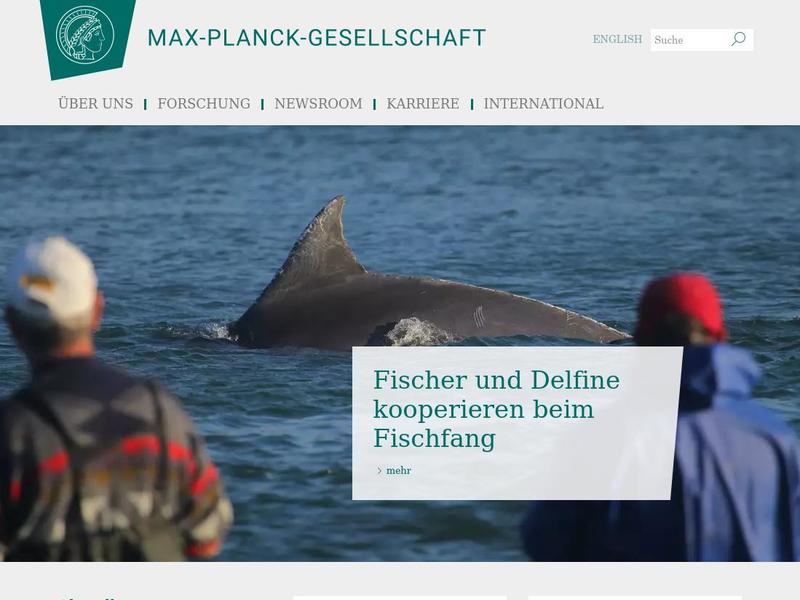Two Max Planck Institutes involved in the development of the Euclid space telescope https://www.mpg.de/21067773/euclid-background?c=12034788
Researchers and engineers from the Max Planck Institutes for Astronomy in Heidelberg and for Extraterrestrial Physics in Garching near Munich. They are part of the Euclid consortium, which consists of research institutions in 17 countries. And they helped to develop and build the two instruments of the telescope, the optical camera (VIS, Visible Instrument) and the near-infrared camera (NISP, Near-Infrared Spectrometer and Photometer). Another team from the two Max Planck Institutes, together with colleagues from other institutions, now ensures the operation of the telescope and the logistics and quality of the transmitted data.
and technological development preceded the moment when the Euclid space telescope sent

